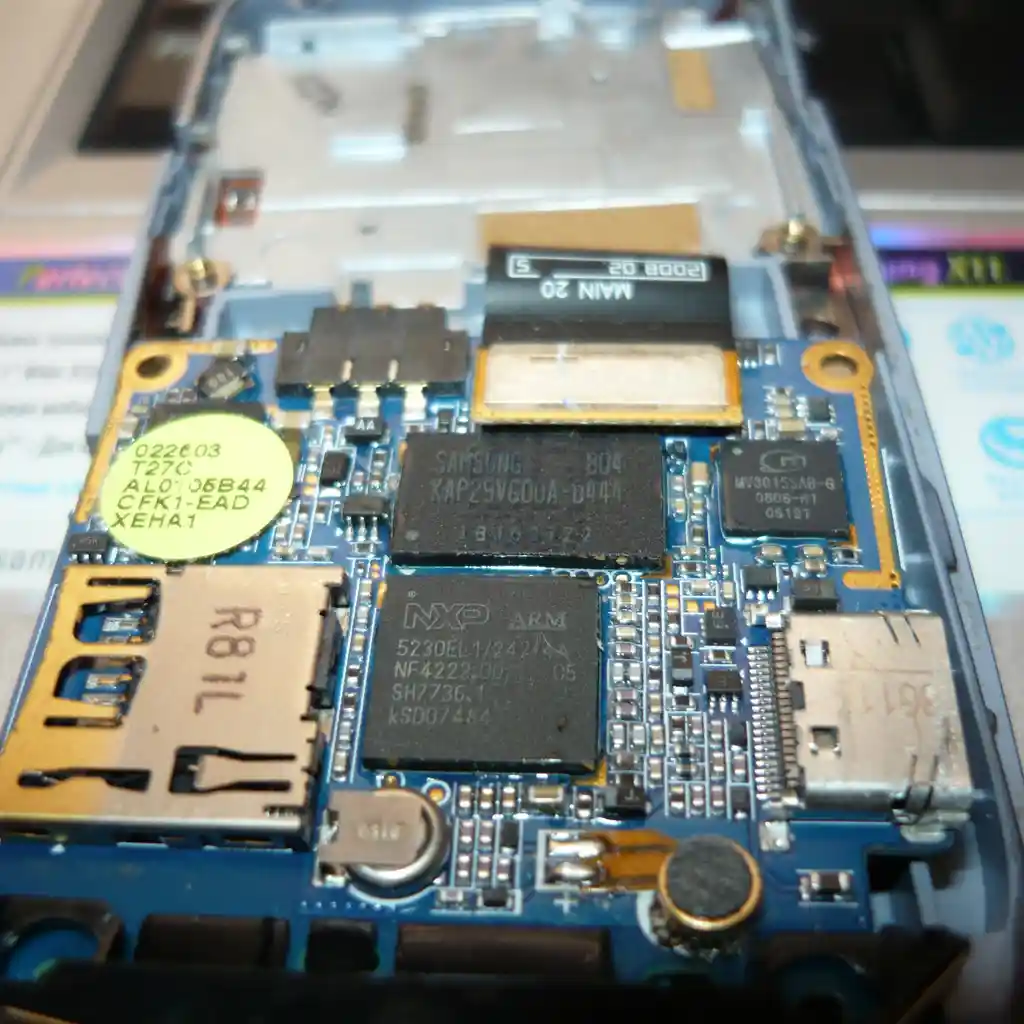The year 2020 has been universally challenging, with a global pandemic, economic downturns, and social unrest. Amidst the chaos, our reliance on technology, particularly the ubiquitous smartphones that many of us carry everywhere, has become more pronounced than ever. These devices, often still quaintly referred to as “phones,” are powered by a technology that has a surprisingly underdog story behind it: the ARM family of CPUs. This technology’s significance has been highlighted by Apple’s recent shift to ARM-based processors in their new line of Macs, which has been met with widespread acclaim.
The ARM processor’s journey to becoming the powerhouse behind over 130 billion devices worldwide is a tale of unexpected turns and serendipitous developments. Its origins can be traced back to an educational initiative by the BBC in the early 1980s, which aimed to increase computer literacy in the United Kingdom. This led to the development of the BBC Micro, a computer designed by a then little-known company called Acorn Computers. The BBC Micro was intended to be not just a tool for learning programming but a comprehensive platform for education, capable of graphics, sound, and even basic artificial intelligence.
Acorn Computers, based in Cambridge, was founded in 1979 and initially focused on creating computer systems for slot machines. However, the company quickly pivoted to the burgeoning personal computer market, leveraging the 6502 processor—a CPU also used by other early computer systems like the Apple II and Commodore 64. The development of the BBC Micro pushed Acorn’s engineering capabilities to their limits, leading to innovative solutions and a successful product that dominated the UK educational sector in the 1980s.
Realizing the need for a more powerful processor to drive future computers, Acorn began experimenting with various 16-bit CPUs. However, none met their requirements, leading them to develop their own processor. This processor would eventually become the ARM CPU, a design that prioritizes energy efficiency and reduced complexity. The ARM architecture’s benefits have made it the preferred choice for mobile devices, where power consumption and performance per watt are critical considerations.
Today, ARM processors are found in a vast array of devices, from smartphones and tablets to game consoles and even ATMs. The technology’s impact on the digital world is immeasurable, powering the devices that keep us connected, entertained, and informed. The story of ARM, from its origins in a government-backed educational program to its status as a cornerstone of modern computing, is a testament to the unpredictable nature of innovation. It serves as a reminder that sometimes, the most influential technologies come from the most unexpected places.








